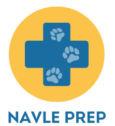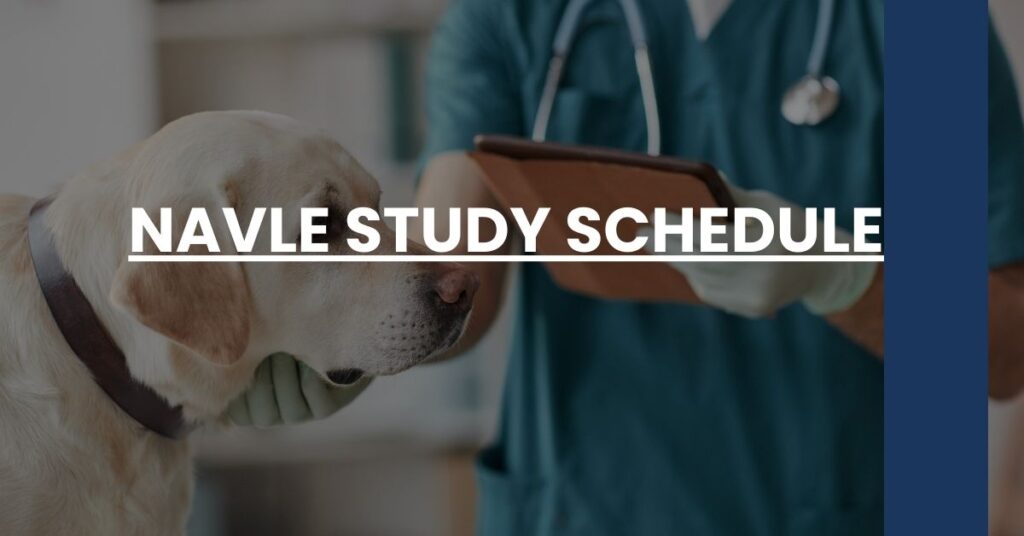Designing a NAVLE study schedule that aligns with your goals is key to success.
- Diverse Subjects: Ensure your NAVLE study schedule covers all critical topics systematically.
- Practice Tests: Incorporate practice exams to gauge your readiness effectively.
- Self-Care: Balance intense study with crucial breaks for optimal learning.
Your ideal NAVLE study schedule awaits, tailored just for you.
- Understanding the NAVLE Structure and Content
- Setting Realistic Study Goals
- Determine Your Study Timeline
- Creating a Balanced Study Plan
- Incorporating Review and Practice Tests
- Importance of Scheduled Breaks and Self-Care
- Adjusting Your Schedule as Needed
- Utilizing NAVLE Preparation Resources
- Tailoring Your Schedule to Your Learning Style
- Tracking Your Progress
- Conclusion: Stepping Forward with Confidence
Understanding the NAVLE Structure and Content
As you embark on your journey to conquer the North American Veterinary Licensing Examination (NAVLE), it’s crucial to demystify the test’s structure and content. Think of this as the blueprint for your navle study schedule—the more you understand, the more you can tailor your preparation to be efficient and effective.
NAVLE At a Glance
- Exam Format: The NAVLE consists of 360 multiple-choice questions broken into six sections, requiring a broad knowledge of veterinary medicine. Consider this format as you build your study schedule, ensuring you’re prepped for an extensive test-taking marathon.
- Subject Matter: This exam places a premium on diagnosing and treating conditions in animals, with a larger proportion of questions focused on species like dogs, cats, horses, and cows. As you strategize, spend ample time on these areas but don’t neglect other species.
Tackling the Blueprint
- Content Distribution: Knowing that questions in the NAVLE are not distributed evenly can inform your study priorities. Allocate more time to the heavily weighted topics found in this ICVA detailed breakdown.
- Question Types: The NAVLE is designed to gauge your readiness for real-world clinical practice, which means you’ll encounter scenario-based questions that test your applied knowledge. This suggests that your study schedule should not only include memorizing facts but also applying them in practical, test-like situations.
Setting Realistic Study Goals
SMART goals are your best friend when it comes to preparation. They allow you to set realistic, measurable benchmarks that will propel you towards your end objective: passing the NAVLE.
Why SMART Goals Work
- Specific: Clearly define what you aim to accomplish during each study session. For example, rather than a vague ‘study cardiology,’ a specific goal would be ‘learn canine cardiac diseases.’
- Measurable: Set quantifiable criteria for tracking your progress, like completing a set number of practice questions each day.
- Achievable: Be realistic with your daily capabilities to avoid setting yourself up for disappointment.
- Relevant: Keep your goals aligned with the NAVLE’s requirements—every study session should bring you closer to mastery of the exam content.
- Time-bound: Give yourself deadlines. You might decide to finish reviewing all small animal disorders a month before the exam date.
By integrating SMART goals into your navle study schedule, you promote structure and accountability in your study regimen—two elements that are paramount to success.
Determine Your Study Timeline
Every NAVLE journey is unique, and the optimal study timeline can be just as individual. While some navigate the material best over several months, others prefer a shorter, more intensive prep period. Consider your timeline as the backbone of your study schedule—getting this right is central to your preparation.
How Long Should I Study?
- Assess self-discipline: Longer timelines require persistent self-motivation; shorter ones demand intensive focus—know your strengths.
- Review schedules: Your current commitments—be they school or work—will heavily impact your available study time. Student experiences suggest starting preparation 2-3 months before the NAVLE, giving you ample time for thorough review and practice without overwhelming you.
Creating a Balanced Study Plan
A well-structured navle study schedule should be balanced, ensuring that you’re not overworking yourself on one topic at the expense of another. This balance helps you maintain a broad knowledge base, crucial for the NAVLE.
Tips for a Balanced Study Plan
- Spread Out Your Focus: Alternate your study sessions between different subjects to keep your mind fresh and engaged.
- Mix it Up: Change the types of content you engage with, from reading textbooks to solving interactive case studies, for a varied approach that caters to all aspects of learning.
Incorporating Review and Practice Tests
Revisiting studied material and putting your knowledge to the test through practice exams is like the secret sauce to a savory navle study schedule. Regular review fortifies your memory, while simulated exams help you get accustomed to the pressure and format of the actual NAVLE.
The Rhythm of Review and Testing
- Consistent Reviews: Schedule weekly review sessions to reinforce previously covered content, transforming short-term memorization into long-term retention.
- Simulated Exams: Incorporate practice tests using resources like Zuku Review into your study plan. Treat these as you would the real exam: timed sessions without interruptions. The goal is not just to test your knowledge but to cultivate endurance and familiarize yourself with the test-taking environment.
- Analyze Performance: After each practice test, take the time to review incorrect answers. Understanding your mistakes is a powerful learning tool and helps you identify areas that need more focus in your study schedule.
Importance of Scheduled Breaks and Self-Care
As you dive deep into your NAVLE study schedule, remember that your brain is just like any other part of your body—it needs rest to perform optimally. It’s a marathon, not a sprint, and scheduling breaks is as crucial as the studying itself. Self-care is not just a buzzword; it’s your toolkit for preserving mental stamina throughout your preparation journey.
Balancing Study and Life
- Scheduled Downtime: Include regular short breaks to prevent mental fatigue. For example, after 50 minutes of studying, take a 10-minute break.
- Day Off: Dedicate one day a week to completely disconnect from studying to rejuvenate. This can help prevent burnout and keep your morale high.
Self-Care Strategies
- Physical Activity: Engage in some form of exercise. Even a quick walk can clear your mind and boost your energy levels.
- Healthy Eating: Your diet plays a role in your ability to focus. Choose nourishing foods that sustain your energy throughout long study sessions.
- Sleep Well: Prioritize sleep; a well-rested brain is more efficient at learning and memory consolidation.
Adjusting Your Schedule as Needed
Throughout your studying process, it’s essential to remain adaptable. A rigid NAVLE study schedule might sound ideal, but it doesn’t account for the ebb and flow of daily life or your evolving grasp of the material.
Flexibility is Key
- Review Regularly: Periodically assess your progress and adjust your schedule accordingly. If certain topics are taking longer to master, reshuffle your plan to accommodate.
- Address Weaknesses: If practice tests reveal gaps in knowledge, don’t hesitate to revisit these topics more frequently.
Utilizing NAVLE Preparation Resources
With an assortment of preparation resources at your disposal, selecting the right tools can significantly impact your NAVLE study schedule. Whether you prefer digital platforms or traditional materials, there’s something to fit your study style.
Selecting Study Aids
- Digital Prep: Platforms such as Zuku Review provide a comprehensive set of tools including practice questions and self-assessment exams.
- Textbooks: There is still great value in textbooks. Identify key titles pertinent to the NAVLE and integrate them into your schedule.
Tailoring Your Schedule to Your Learning Style
Recognizing your personal learning style can transform an average NAVLE study schedule into a powerhouse of personalized education. Are you a visual learner, or do you retain information better through auditory means? This insight can significantly shape your approach to studying.
Learning Preferences
- Visual Aids: If you’re a visual learner, consider incorporating charts, infographics, and other visual content into your study sessions.
- Auditory Techniques: For those who absorb information audibly, lecture recordings or discussing topics with peers can be highly beneficial.
Tracking Your Progress
Monitoring your advancement through a NAVLE study schedule is not just about ticking off completed topics. It’s a strategic approach to ensure you’re on track to meet your goals.
Progress Indicators
- Benchmarking: Set up specific checkpoints within your study plan to assess your understanding of the material.
- Practice Test Scores: Keep a log of your scores from practice exams to track improvements and identify areas that may require additional review.
Conclusion: Stepping Forward with Confidence
A well-crafted NAVLE study schedule is your roadmap to success. As you integrate the strategies and resources discussed, remember that your dedication and adaptability are the ultimate keys to a comprehensive veterinary education and a stellar performance on the NAVLE. The exam is a significant milestone in your veterinary career, and with a balanced, tailored, and SMART approach to studying, you can step into the testing center with confidence, fully prepared to showcase your knowledge and skills.
NAVLE study schedule tips and strategies to ensure success. Craft a personalized plan to ace your veterinary exam effortlessly.

